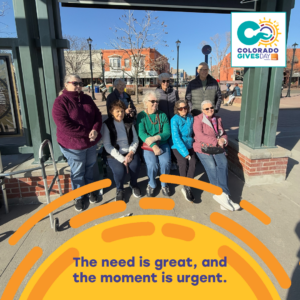PCTC Meeting
Date: 5/11/2020 at 1:00pm-2:30pm
Non-medical transportation companies are lacking in necessary supplies to establish and maintain safe working/driving conditions. Gloves, masks, and sanitizers are needed. Members of PCTC have been contacting elected officials and Colorado’s Healthcare Policy And Finance Program to create action. Within the past few months of this year, PTCT has been trying to encourage Colorado’s Healthcare Policy and Finance Program to establish a community centered board, which would help funnel all of these concerns to the proper channels, so everyone can be heard. Due to their efforts, PTCT was able to help get the community board established, and is now looking for viable candidates to be members.
Secondly, to enforce safe service delivery, PTCT believes one way to get the message out is through the Governor. They would like him to address the safety concerns at a press conference. If you have any feedback to add, want to be considered for the community board, or want to participate in the next meeting, which is being held on June 8, 2020, contact Meghan Carrier at Meghan@togetherco.org.
![DRMAClogo[1] DRMAC](https://drmac-co.org/wp-content/uploads/2019/12/DRMAC20logo1.jpg)




